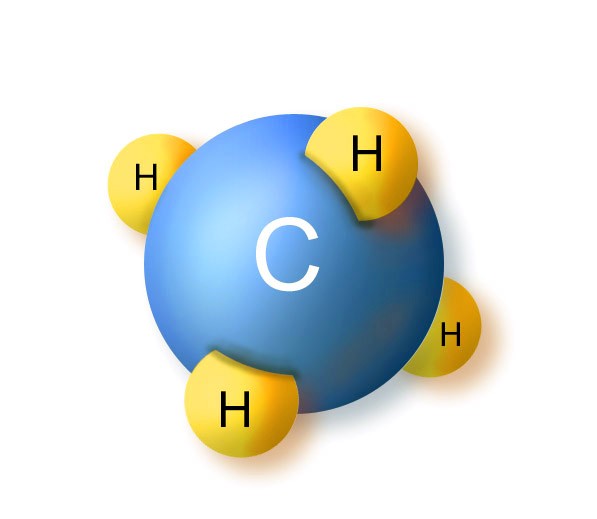Audi is further expanding its g-tron fleet. The Audi A5 Sportback g-tron*, alongside the A3 Sportback g-tron* and the A4 Avant g-tron*, is now the third model that customers can run on a choice of climate-friendly Audi e‑gas, natural gas (CNG) or gasoline. It is available to order from early summer 2017.
 The A5 g-tron is powered by a 2.0 TFSI engine. It develops 125 kW (170 hp) of power and 270 Nm (199.1 lb-ft) of torque. With CO2 emissions of just 100 grams per kilometer (160.9 g/mi) (with S tronic), Audi is the first premium manufacturer to offer a gasoline engine in the B segment that achieves lower emissions than a comparable diesel engine.
The A5 g-tron is powered by a 2.0 TFSI engine. It develops 125 kW (170 hp) of power and 270 Nm (199.1 lb-ft) of torque. With CO2 emissions of just 100 grams per kilometer (160.9 g/mi) (with S tronic), Audi is the first premium manufacturer to offer a gasoline engine in the B segment that achieves lower emissions than a comparable diesel engine.
The newly developed engine is based on the gasoline-powered 2.0 TFSI: Here, too, the innovative combustion process is used. It features a shortened compression stroke and a long power stroke as well as an increased compression ratio that has been specially designed for part load operation, by far the most common operating mode. The intake valves close much sooner than usual. In combination with increased pressure in the intake manifold, this reduces throttle losses during intake.
The tanks for the gas fuel in the A5 Sportback g-tron are located beneath the rearward structure. They store 19 kilograms (41.9 lb) of gas at a pressure of 200 bar and are of an extra-lightweight design. The inner layer consists of a gas-impermeable polyamide matrix, while a second composite layer of carbon fiber reinforced polymer (CFRP) and glass fiber reinforced polymer (GFRP) gives the tank its extremely high strength. The third glass fiber layer helps to visualize any external effects. Epoxy resin is used to bind the fiber reinforced materials.
In the standard driving cycle the A5 Sportback g-tron with S tronic uses just 3.8 kilograms of gas per 100 kilometers (62.1 miles) with CO2 emissions at 100 g/km (160.9 g/mi). (In gasoline operation, the engine consumes 5.4 liters of fuel (43.6 US mpg), corresponding to CO2 emissions of 124 grams per kilometer (199.6 g/mi)). So the customer benefits from extremely low fuel costs. In the NEDC cycle, the bivalent g-tron model running on natural gas covers up to 500 kilometers (310.7 miles). When the pressure in the tank falls below 10 bar with about 0.6 kilogram (1.3 lb) of gas remaining, the engine management automatically switches to gasoline operation. This makes an extra range of 450 kilometers (279.6 miles) available.
 The drive unit’s high efficiency means low costs of ownership: Compared with an equivalent gasoline engine, fuel costs are markedly lower, and the reduced CO2 emissions place the vehicle in a more attractive tax bracket. The new Audi A5 Sportback g-tron is not only remarkably economical to run, it is also exceptionally clean. Nor does driving enjoyment draw the short straw. In conjunction with the manual six-speed transmission, the A5 Sportback g-tron accelerates from a standstill to 100 km/h (62.1 mph) in just 8.5 seconds. Its top speed is 226 km/h (140.4 mph).
The drive unit’s high efficiency means low costs of ownership: Compared with an equivalent gasoline engine, fuel costs are markedly lower, and the reduced CO2 emissions place the vehicle in a more attractive tax bracket. The new Audi A5 Sportback g-tron is not only remarkably economical to run, it is also exceptionally clean. Nor does driving enjoyment draw the short straw. In conjunction with the manual six-speed transmission, the A5 Sportback g-tron accelerates from a standstill to 100 km/h (62.1 mph) in just 8.5 seconds. Its top speed is 226 km/h (140.4 mph).
The A5 Sportback g-tron is especially eco-friendly when running on Audi e‑gas. This is the first virtually CO2-neutral long-distance mobility the company has offered. Audi and its partners produce the fuel using renewable energy, water and CO2, or from waste materials like straw and plant clippings.
Among other things, the brand produces e-gas in its own power-to-gas plant in Werlte, located in Lower Saxony. The process: Three electrolyzers powered primarily by surplus green electricity split water into oxygen and hydrogen. In the subsequent methanation process, the hydrogen reacts with CO₂. The result: synthetic methane – Audi e-gas – is created. This is fed into the European gas grid and compensates for the volume of natural gas used by the g-tron model in the New European Driving Cycle (NEDC).
Customers can fill up their g-tron model at any CNG filling station and pay the regular price. By feeding the computed volume of Audi e-gas into the natural gas grid, Audi works behind the scenes to ensure the green benefits of the program, including the corresponding reduction in CO2 emissions. A fuel card is no longer used as the accounting tool. Instead, Audi computes the volume automatically based on surveys and service data from the cars. TÜV Süd, a German testing and certification corporation, monitors and certifies the process. Audi g-tron customers receive a document that confirms their car will be supplied with Audi e-gas and informs them about the certification.
Source: www.audi-mediacenter.com/
